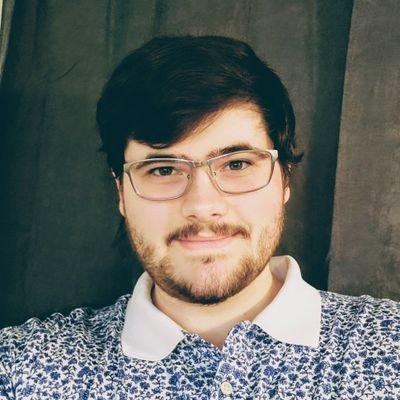
Transcript
Kocer: Welcome listeners. Today we are joined by Daniel Snellings, a graduate student in Doug Marchuk’s Lab. One focus of this lab is investigating Cerebral Cavernous Malformations, which are abnormally formed blood vessels in the brain. Dan is the co-lead author on a new publication that uses single nucleus sequencing to better understand what causes some of these malformations to stay small and others to grow. Thank you for joining me, Dan!
Snellings: Thanks for having me.
Kocer: So, first, tell me a little more about cerebral cavernous malformations.
Snellings: Sure. So cerebral cavernous malformations – or as we call them “CCMs,” – are cherry-like lesions that form in the brain where you have an endothelial lining surrounding a big cavern that is full of blood. And CCMs can be either small or microscopic, or they can get up to the size of a golf ball. And that has a lot of implications for how things work out downstream whether or not the CCM ends up bleeding or rupturing or causing stroke and seizure and morbidity down the road.
A lot has been figured out about CCM and the genetics underlying CCM, but there’s still a lot unknown about what causes some CCMs be to small and some CCMs to be large.
Kocer: While you were working on this research, you made a discovery, correct? Tell me about that.
Snellings: One of the core questions in CCM is why do some lesions bleed while other lesions don’t bleed. So we thought that one of the reasons that could underly this differential CCM aggressiveness could be additional mutations on top of the ones we already know about that could be modifying lesion severity.
So to test that, we went ahead and sequenced about 90 CCM samples and what we found was that these CCMs have a mutation in a gene called PIK3CA, which is the catalytic subunit of the protein PI3 Kinase, and it turns out that mutations in this gene are extremely common in cancer. In fact, after TP53, it’s the most commonly mutated gene in all cancers. And this highlighted a really important question, which is do these PI3 Kinase mutations and these CCM mutations happen in the same cells, or do these CCMs form as a mixed malformation. To address that question, as you mentioned, we used single nucleus DNA sequencing, and we found that the vast majority of mutant cells have all three mutations – two from the two-hit model and the third mutation in PI3 Kinase
Kocer: Why is discovering this tie to cancer important? What impact will that potentially have in future research and treatment options for CCMS or these cerebral cavernous malformations?
Snellings: So the major reason that it’s really great we found this kind of cancer is that we can lean on some of the existing cancer research to kind of jump start research going forward and potential therapy options.
Kocer: What do you think is the most exciting or promising thing about this new research and/or this publication that’s coming out?
Snellings: So one of the most exciting things always is our goal is, of course, to find therapies, if not a cure, for CCM, and this, I think, makes jumps and strides towards that goal. And one of our key questions moving forward is whether or not this is a common feature in other vascular malformations (VM). Whether mutations in previously unconsidered genes are modifying the activity of certain genes getting mutated already in these VMs and how that’s affecting lesion progression and lesion pathogenesis.
Kocer: This is really fascinating research. Is there anything else you think we should know right now?
Snellings: So I think moving forward, we are going to try pushing this into pre-clinical models of CCM and really do a robust study to see if rapamycin and other PI3 Kinase inhibitors can prevent lesion growth, but also if they can actually regress existing lesions, which is really the million dollar question here.
Kocer: Well thank you again, Daniel. This has been really interesting research If you want to learn more about this research or to explore other genomics-related research happening at Duke, please visit the Precision Genomics Collaboratory website.
Want to hear more? Request access to our full interview with Daniel Snellings.
This research has been published in Nature.